Collections Lifestyle Retail Trends Top Deals
Prime Day 2024: Everything You Need to Know
Prime Day 2024 is officially set for July 16 and 17. This two-day event is…
Share
2 years ago
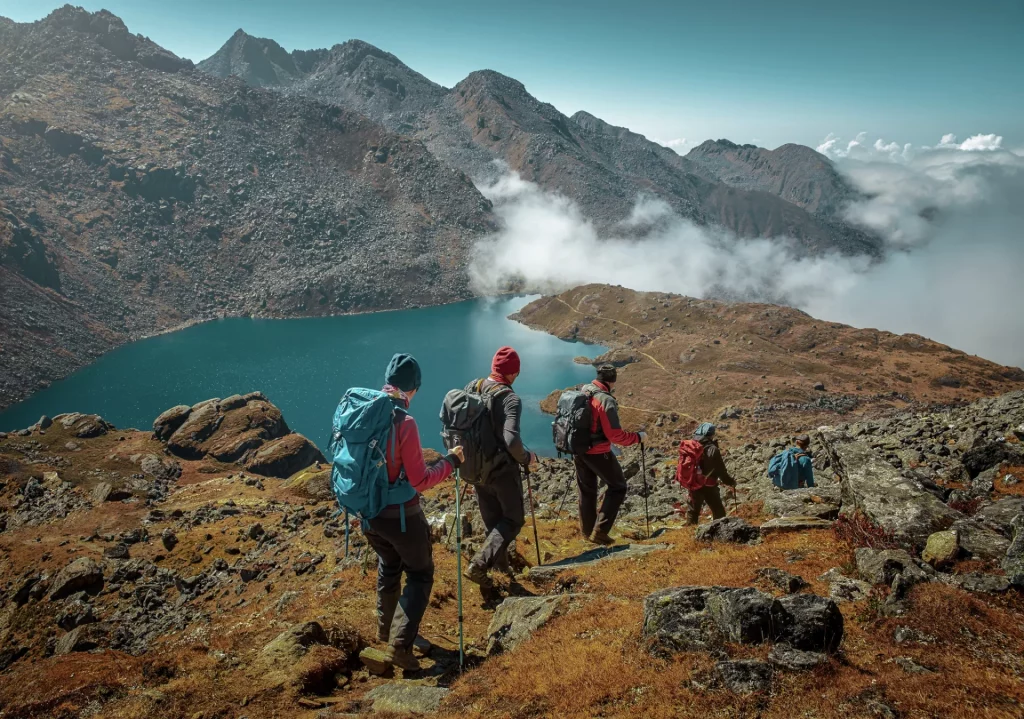
Backpacking is a simple way to have an incredible adventure. It’s important to create a comprehensive backpacking checklist, especially if you plan to backpack on your own.
Whether you’re spending the night on a private beach or wandering deep into a remote forest, you want to prepare for anything. Backpacking is more than an exciting adventure; it is a test of endurance, planning, and knowledge. If you prepare for anything, you can expect to have an incredible trip.
First, select your destination. If you’re new to backpacking, don’t go too far on your first trip. You should also choose an easy goal. Try a short overnight hike near your home, maybe in an area where you’ve camped before.
Brush up on backpacking basics. Do some local hikes to make sure you’re comfortable on longer trails and hiking in different kinds of weather. You’ll also want to get to know the seven Leave No Trace principles if you haven’t already.
Make friends with your local backpacking pros and get their take on everything from favorite trails to the most filling snacks. They will often have tips that come from years of experience that can save you time and money. It’s also not unusual for a backpacker to review their pack and contents with an expert.
Whether you’re backpacking for a weekend or a month, start with a plan. Even if you’re familiar with the area, get any maps you’ll need and study them for a bit, then plan your route. It’s a good idea to limit any possible surprises! It’s easy to forget how much you use the tools you have at home until you’re in a new place without them.
Good food can make or break your trip. It’s a good idea to put together an easy meal plan. Food weight can take years to manage efficiently, so read up on expert recipes and ideas as you create your meal plan.
There are a few factors that can help you choose the essential backpacking gear for your trip.
As you put together your backpacking checklist, think about:
As you plan your backpacking trip, keep in mind that you will be carrying your full pack throughout your entire trip. This means that your checklist needs to balance pack weight with necessities. You’ll need more gear, food, clothing, and water if you’re planning a long or remote hike, especially if the weather is less than ideal.
While you’ll want to try to save money wherever you can, keep in mind that quality backpacking gear will last longer and save you time and money in the long run.
The joy or frustration of your backpacking trip can be directly tied to the weight of your pack. A pack weight around 30 lbs should be enough to pack everything you need.
Ultra-lightweight backpackers make packing an art. They can quickly bring a stuffed pack down to the bare backpacking essentials for the lightest possible weight. As you pack, you will need to make many decisions. Keep in mind, as you load up your backpack, that you may need to choose between comfort hiking during the day and comfort when you set up camp at night.
Items That Are Essential for Any Backpacking List:

A comfortable, well-designed backpack is the top essential for any backpacking gear list. We like this sturdy, lightweight pack that comes with a lifetime warranty.
Be sure to test your backpack on at least one shorter hike before you bring it on a long trip. A few hours of hiking will quickly let you know if you’ve chosen the right torso size and hip belt fit for your body.
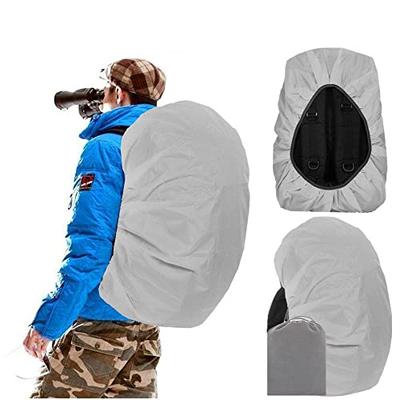
This waterproof rain cover will stay in place and keep your pack dry rain or shine! You might also want to grab some of these lightweight stuff sacks to make it easy to pack up your gear and get going in the morning.
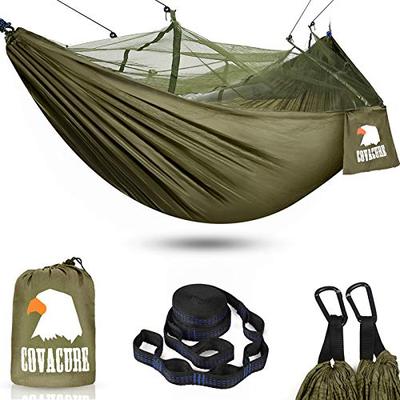
This lightweight tent is roomy enough for four and weighs almost 4 lbs, while this camping hammock holds over 400 lbs and weighs just 1.75 lbs! Camping hammocks are great for hiking in the forest or jungle because they keep you off the ground. This can make it easier to keep your tent dry and bug-free.
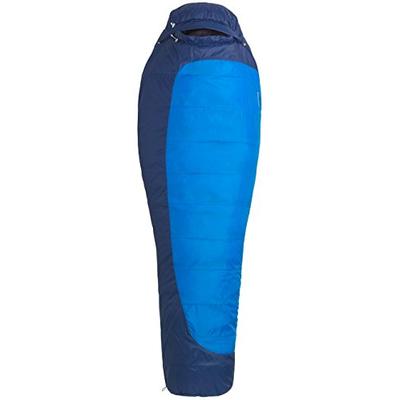
This 15F degree sleeping bag is great for camping all year long, though you may want to buy two if you plan to do some backpacking in below zero weather! Even if you’re only planning summer backpacking trips, it’s smart to prepare for quick weather changes. There’s nothing quite like a cozy warm sleeping bag on a cool night after an intense day of hiking!
A great lightweight sleeping bag may cost more than the average slumber party fare, but a quality sleeping bag is a smart investment for any backpacking enthusiast.
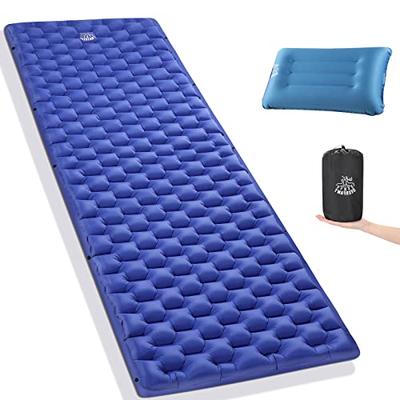
This inflatable sleeping pad includes a removable pillow for comfortable sleeping on cold hard ground. It weighs only 1.19lbs and can hold up to 265 lbs for a good night’s rest.
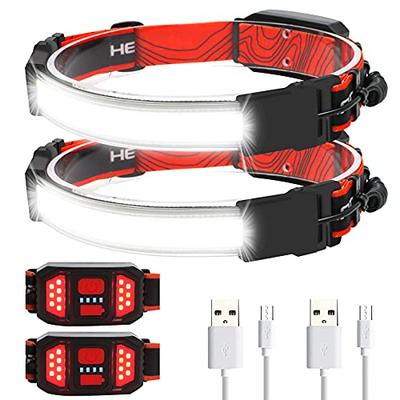
A headlamp seems like a small thing, but you want something easy to use and comfortable for nighttime strolls and intense weather. This headlamp is comfortable, lightweight, and it charges with a USB cord, so you can ditch the heavy batteries. It’s also waterproof!
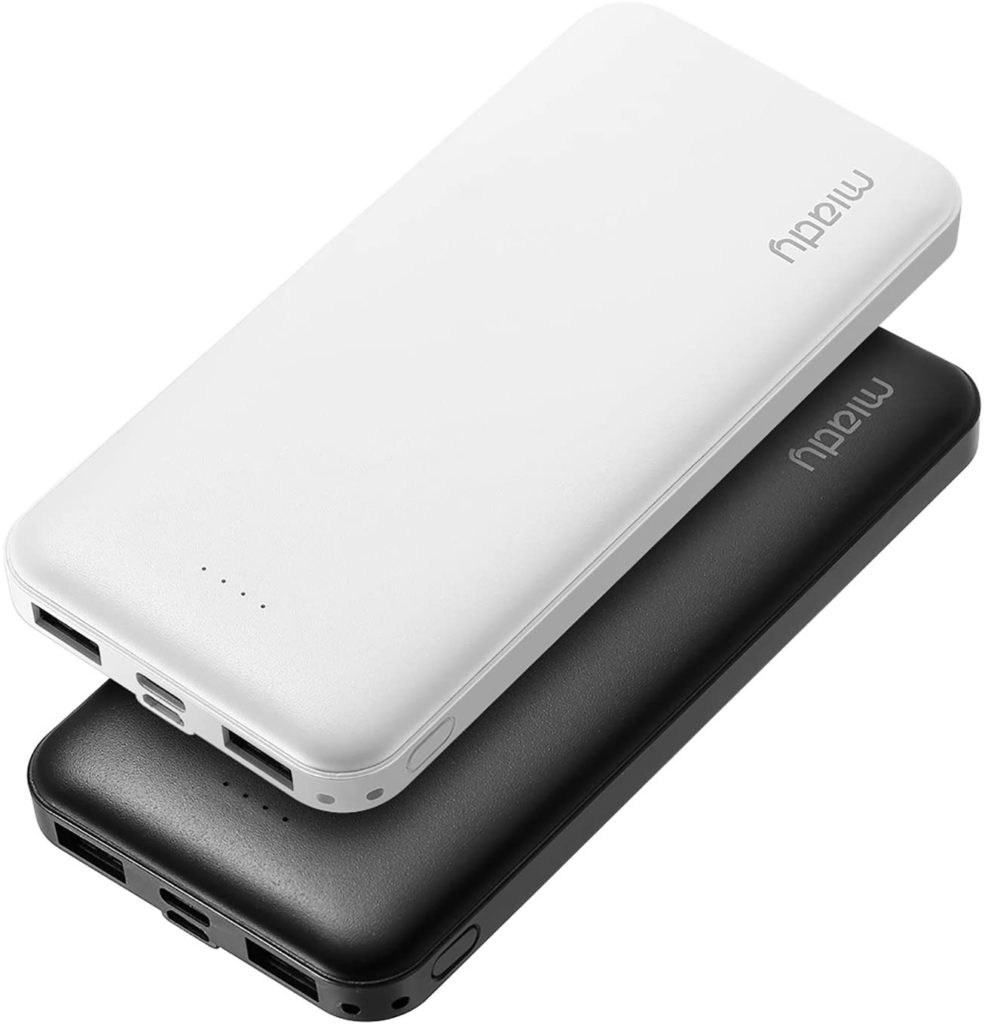
You will probably have some devices that need charging on your backpacking voyage, so you’ll want to pack a portable charger to keep your batteries full of juice.
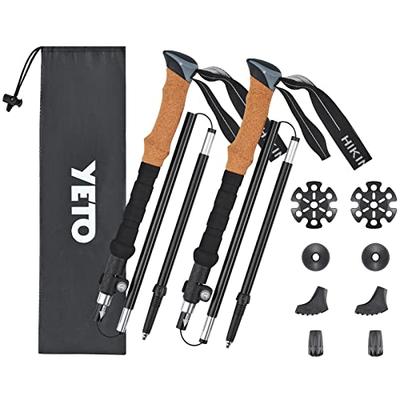
These durable hiking poles are great for navigating rocky terrain. Hiking poles help reduce leg strain uphill and reduce the burden on your knees for downhill hikes.
No matter what water sources will be available on your route, you’ll need to have equipment ready to help you stay hydrated. Water quality and sources will vary by location and season, so you’ll always need a reliable way to carry and filter water.
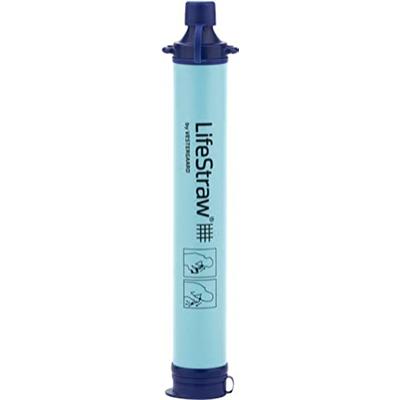
This lightweight water filter can filter up to 1,000 gallons of drinking water. Besides parasites and other water critters that are common on the trail, this filter also removes microplastics and is BPA-free.

This folding lightweight water bottle is perfect for carrying outdoors. You may also want to bring a regular water bottle in case of holes or leaks. A water bladder with a drinking hose is also a great option for hydration on the go.
The right footwear is especially important for backpacking! There’s nothing worse than sore, blister-covered feet at the end of a long day. Hiking boots can get expensive, but it’s worth the investment to get a pair that fits perfectly. Great shoes can make any hike feel good!

For an easy hike on a smooth trail in summer, trail runners or hiking sandals are a good option. For more intense trails that are rough, rocky, or slippery, hiking boots are a better fit. And no matter how long or short your trip, be sure to bring an extra pair of socks!

Camp shoes are a pair of lightweight shoes that are easy to get on and off at the end of a long day of hiking. These crocs are perfect for summer, and these boots are great for when the temperature drops.

You don’t want to wear any old socks on the trail either. The right hiking socks can keep your feet dry and help you avoid sores and blisters too.
For a quick backpacking snack, choose foods that give a burst of energy like jerky, energy bars, dried fruit, and nuts. Snacks are great hiking supplies because you can easily eat them while you move. For meals, choose foods that are easy to make, filling, and packed with protein, carbs, and healthy fats. And always plan to pack some extra food!
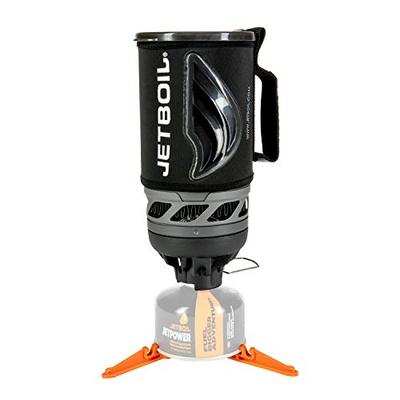
What you cook and how you cook it will have a dramatic impact on your hiking packing list. Ask yourself:
As you start shopping, review the guidelines for the places you plan to backpack first. Many areas have regulations around fire safety that you’ll need to be aware of before making any purchases.
Once you know what you’ll need, your first big purchase should be a backpacking stove. This camping stove cooking system is a popular pick.
It can boil water almost instantly, in just 100 seconds, and is very light to carry. It also allows you to use different fuel types. This is handy because local stores might carry different types of gas depending on where you are backpacking.
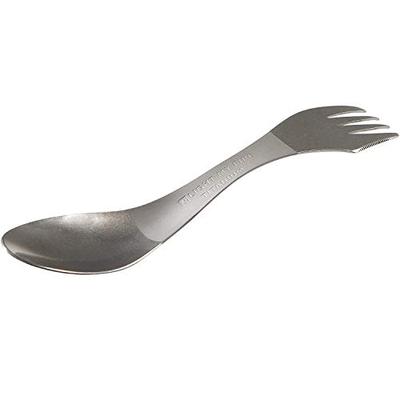
This lightweight titanium spork includes a knife edge for eating and preparing all types of meals. It’s also safe to use with non-stick cookware and super easy to clean.
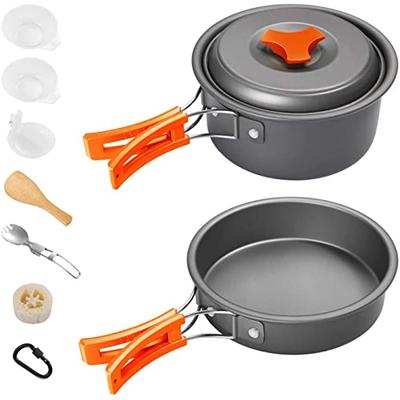
This camping cook set includes everything you need for meals in the wild. It includes both a non-stick pot and pan, as well as cooking utensils. It’s also stackable, making it easy to pack up.
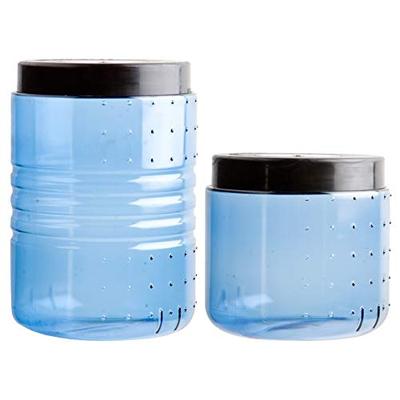
Many backpacking destinations require bear canisters to protect you and their local animal residents. These bear canisters are clear, so it’s easy to find the food you’re looking for. They’re tested and approved by the Interagency Grizzly Bear Committee (IGBC) and the Sierra Interagency Black Bear Group (SIBBG).
Other food-related items you’ll want to grab for your hiking packing list include:
Check the weather forecast, then pack your clothing with that in mind. You should also plan for weather changes. As you select clothing, prioritize garments that keep you dry and protect you from the sun.
Always dress in layers. This can help you regulate your body temperature as the weather shifts throughout your trip. It’s also smart to choose breathable fabrics that wick moisture. Avoid cotton and choose quick-drying material instead.
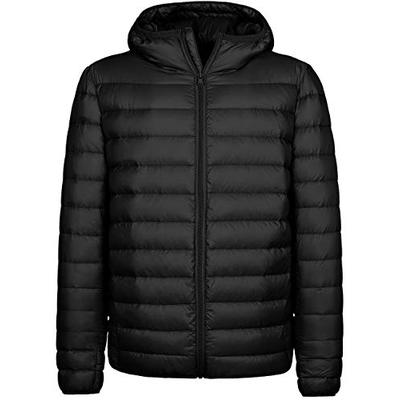
Choose a jacket that protects you from the elements on brisk mornings or cool nights. This puffer jacket is lightweight and easy to compress, so it won’t take up too much room in your pack.
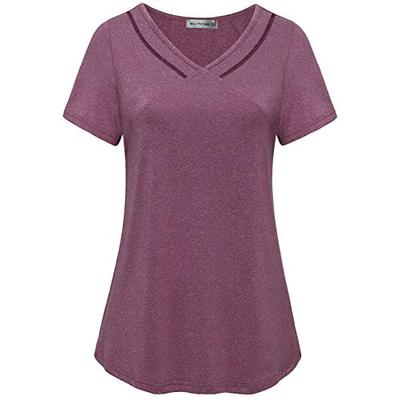
This attractive t-shirt is moisture-wicking and lightweight, a perfect pick for the trail and other outdoor activities.
Other clothing items you’ll want for your trip include:
Additional gear for rainy or cold weather includes:
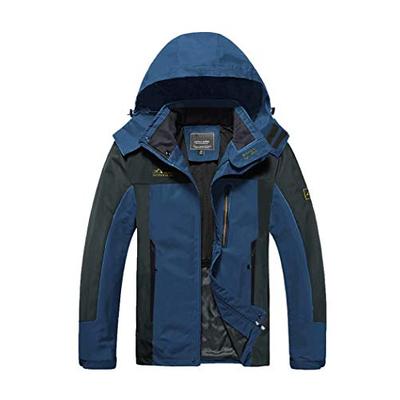
This lightweight rain jacket is windproof and dries quickly. It doesn’t matter if it’s hot or cold outside; the wild outdoors is unpredictable. If you’re not prepared, rain and wind can be a huge challenge. Be sure to pack this jacket, rain or shine.
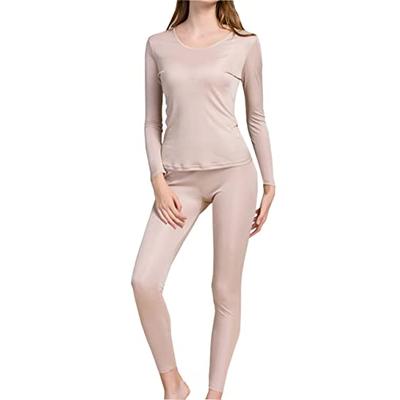
This breathable long underwear creates a warm layer of silk to insulate your body from the cold.
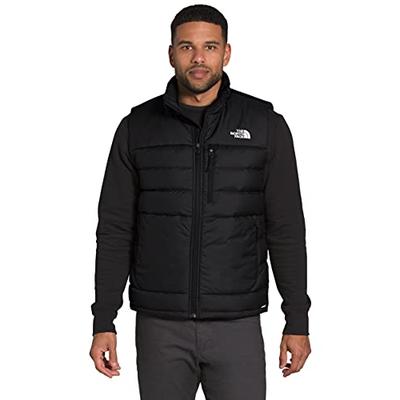
This windproof, insulated vest has both natural and synthetic fill that’s been tested by experts for maximum warmth and insulation. It also has chest and hand pockets for storing snacks and other on-the-go items for hiking.
Depending on the weather, you might also want to add these items to your hiking gear list:
Knowing where you’re going and making sure the people who love you do too is important for any backpacker.
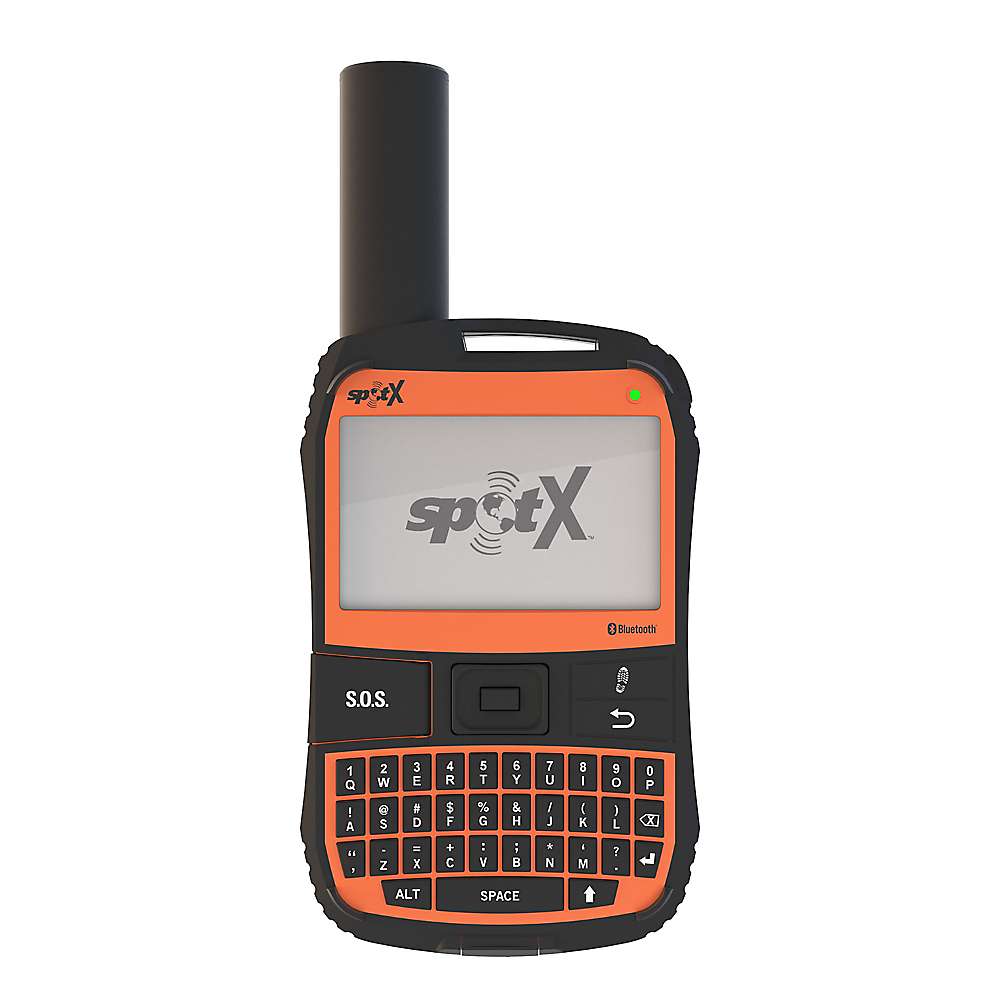
This satellite tracker lets you exchange messages with any cell phone number or email address from almost anywhere in the world. With this helpful tool, you can assure family and friends everything is OK in case of wildfires or other events in your area. It also lets you call for an SOS to a 24/7 search and rescue center. It can even link to your social media for real-time updates.
For local hikes, you might just rely on your smartphone and GPS, but you should always have a waterproofed map and compass just in case. In addition, be sure to pack these handy items:
We call the wilderness wild for a reason, and any backpacker needs to be prepared for emergencies. Check out these must-haves to round out your essential backpacking checklist.

This compact first aid kit is perfect for hiking in the great outdoors and contains 100 neatly organized supplies.
Other helpful emergency items you’ll want to add to your checklist include:
Another hazard while backpacking are the harsh rays of the sun. Cool weather in the mountains can still mean intense UV rays, so protect yourself by adding these items to your backpacking list.

This high SPF sunscreen will stay on while you sweat, so it’s the perfect sunscreen for intense hiking.

These sport sunglasses are lightweight, impact-resistant, and comfortable for long days of hiking in bright sunlight.
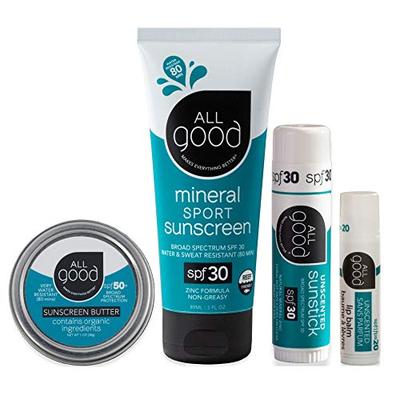
This kit includes not only sunscreen and sun stick but also high SPF lip balm to protect your lips from the elements.
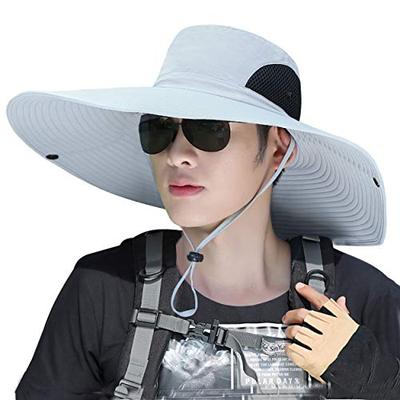
This stylish, unisex sun hat is breathable and absorbs sweat. It has a wide brim for exceptional sun protection.
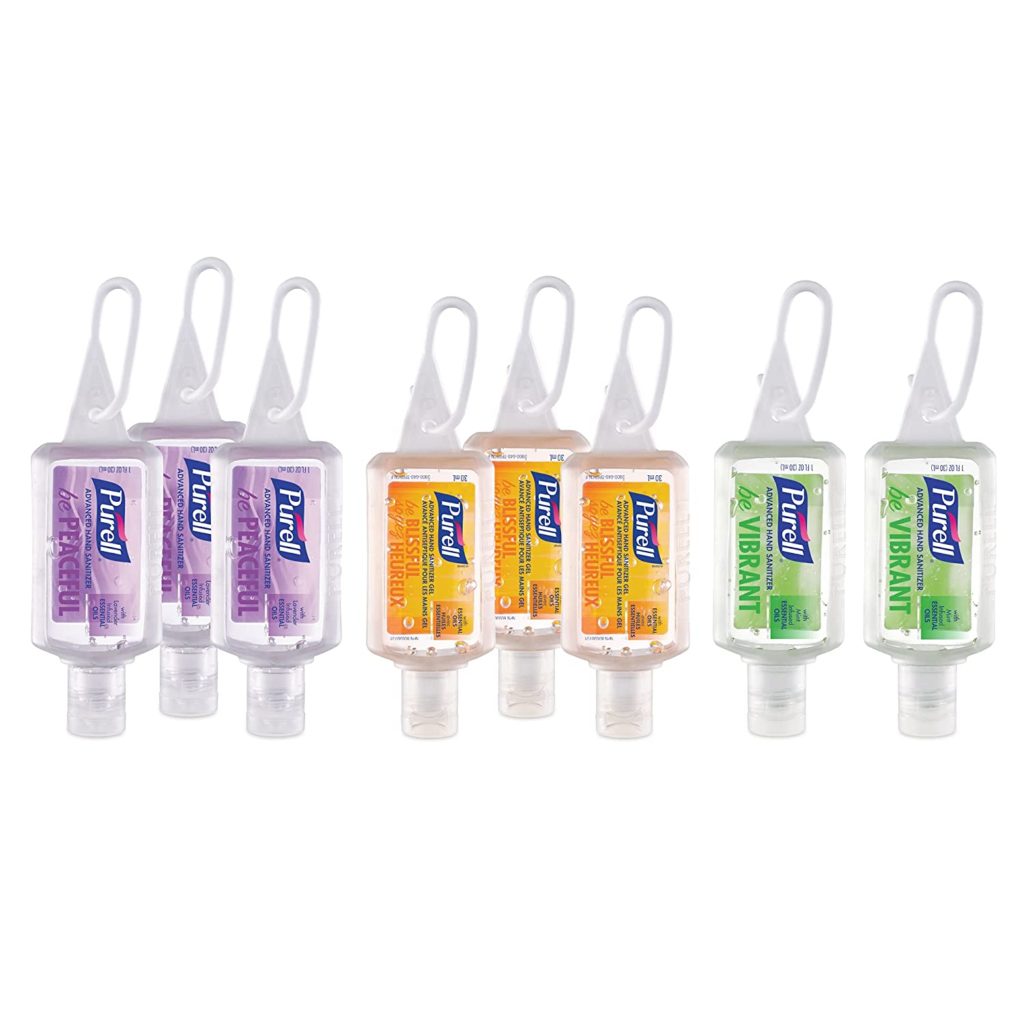
When water isn’t readily available you can use this quality hand sanitizer to disinfect your hands before cooking or after using the bathroom.
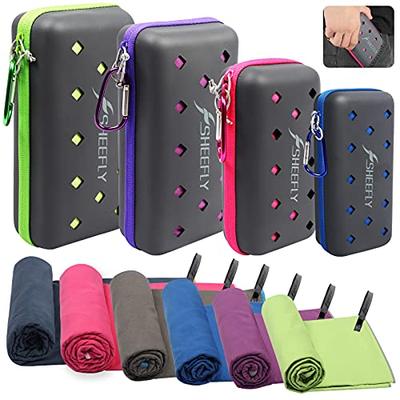
This microfiber towel is small and quick to dry, making it helpful not only for backpacking trips but also any kind of travel.
Don’t forget these other hygiene must-haves:
Your backpacking checklist might be long, but there is one place you can find everything you need for your next trip. Visit Price.com and check out our best deals online.
About Price.com
Price.com, the all-in-one money savings platform, provides a free cross-platform experience for consumers that combines advanced comparison shopping, cashback, coupons, price history, and price drop alerts. The Company’s patented, AI-powered matching algorithm enables real-time discovery of new, white-label, used, local, refurbished, and rental products – taking comparison shopping to new heights. Price.com is available as a desktop and mobile website, browser extension, native app, and chatbot.